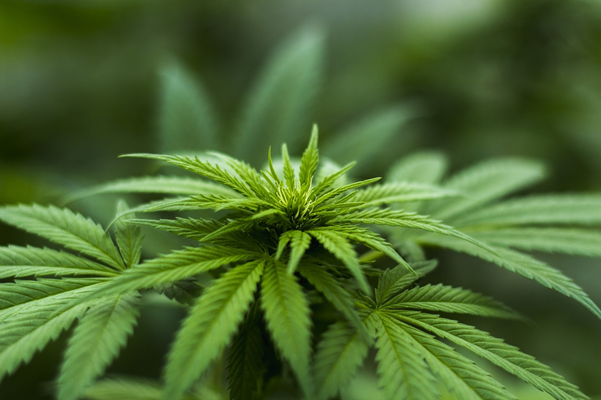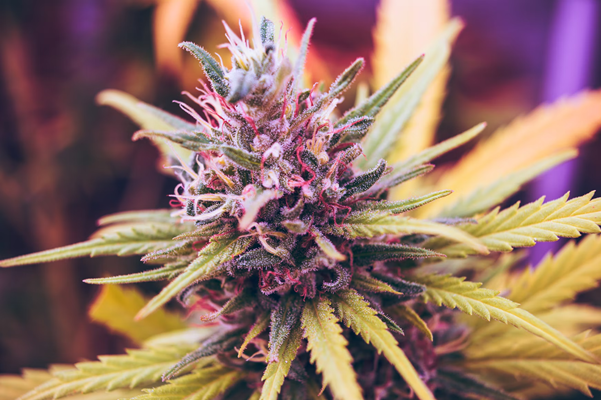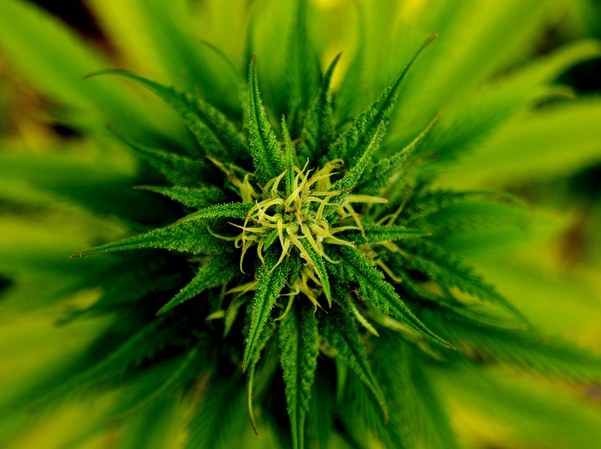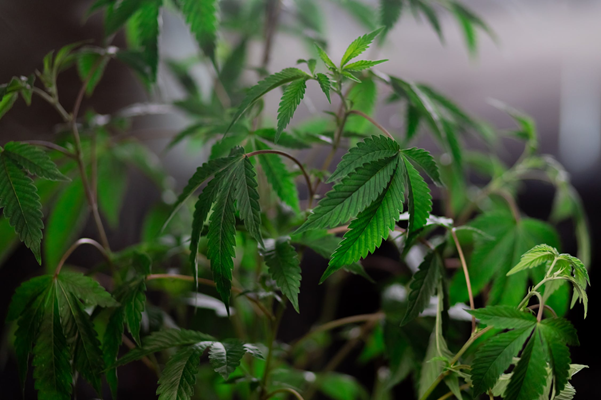
What Are the Early Signs of Cannabis Deficiencies
When you grow cannabis in your garden, you have to know how to treat it. Many factors are crucial for the well-being of this plant, so you can’t just sit and do nothing. The primary factors include temperature, humidity, and the amount of light the plant gets. When you take care of these things, you can ensure that the plant will grow healthy and strong.
If you don’t give enough nutrients to your cannabis plant, they can suffer from certain deficiencies. The same applies to when you give them too much of one nutrient. For example, salt can accumulate in the soil and cause toxicity in the plant. This situation can make your plant degenerate and eventually become useless.
Here we will mention the early deficiency signs, examine the cause, and the ways to prevent them. Hopefully, we can help you maintain your plant and save it from trouble.
What are the cannabis deficiencies?
The early signs of cannabis deficiencies can appear when your plant starts lacking the necessary nutrients. You also need to know the right pH balance when watering the plant.
There are 12 nutrients that are essential for cannabis growth. They fall into two main categories:
- Macro-nutrients
- Micro-nutrients
The cannabis plant contains N-P-K, which is short for nitrogen (N), phosphorus (P), and potassium (K). Those are the main macro-nutrients for the plant. Calcium (Ca), magnesium (Mg), and sulfur (S) are secondary parts of the macro-nutrient family.
The plant contains six micro-nutrients that are also crucial. They are iron (Fe), boron (B), chlorine (Cl), molybdenum (Mo), copper (Cu), and zinc (Zn).
These nutrient deficiencies can be mobile or immobile.
Mobile nutrient deficiencies are nitrogen, phosphorus, potassium, molybdenum, and magnesium. Immobile nutrient deficiencies are iron, copper, zinc, boron, sulfur, chlorine, and calcium.
Nitrogen deficiency
Nitrogen deficiency reveals itself in the form of older and lower leaves turning yellow, brown, or withering. It’s one of the main reasons why cannabis can perform photosynthesis. Nitrogen is a mobile nutrient, and it constantly changes the location of the leaves.
While producing buds, your plant will lose a certain amount of nitrogen. In that case, you would have to water the plant with additional nutrients that contain a high pH nitrogen level.
Phosphorus deficiency

When leaves become blue or green with brown spots, that’s the early sign of phosphorus deficiency. The leaves can become thick, and feel stiff. Sometimes the stems can turn bright red or purple and can become curly. Use a pH nutrient level of 5.5 to 6.2 pH for soil or 6.2 to 7 pH for hydroponic growth.
Potassium deficiency
The first signs of the lack of potassium are when the leaves turn yellow or brown in the middle and look burnt on the edges. Potassium is crucial for cannabis health, as it protects the plant from various diseases. Water the plants with a six pH amount.
Calcium deficiency
If you spot the dark shades on new and growing leaves, that means your plant is calcium deficient. Leaf tips can curl, and the dark spots can spread further. Older leaves can eventually wither, leaving you with a small number of leaves.
Magnesium deficiency

If the soil contains a low pH (7 or less), it means it’s magnesium deficient. The leaves will turn yellow, dark green, curl upwards, and eventually fall apart. After a while, this can spread onto the younger leaves as well. To prevent magnesium and calcium deficiencies, use a Cal-Mag supplementation.
Sulfur deficiency
Sulfur deficiency can be very similar to a nitrogen deficiency. The older leaves can turn light green, then bright yellow. On the other hand, the stems will appear purple. Fortunately for us, this is a rare occurrence.
Iron deficiency
The early sign of iron deficiency is when the leaves turn yellow. When the plant has a high pH (around 7), it can’t absorb the iron. It’s similar to a calcium deficiency, only worse. In this case, the leaves will look even more burnt on the edges.
Boron deficiency
If you notice the tips growing abnormally thick with brown or yellow spots on the leaves, that means they lack boron. We recommend you water the leaves with a lower pH amount. It should be around 5.5 to 5.8 pH if it grows hydroponically. When watering the plant, keep the pH amount constant.
Chlorine deficiency
If the leaves turn yellow or bronze or roots become stubby, it means that your plant is chlorine deficient. It needs a pH amount between 5.5 and 6.5.
Molybdenum deficiency
If your cannabis plant is molybdenum deficient, its leaves suffer from chlorosis. It appears that a pH rate lower than 5.5 causes a yellowing of the leaves. This case is rare, but it can be unforgiving. This means that the plant requires immediate action.
Copper deficiency
When the leaves turn purple or dark blue, and the edges turn yellow, it means that they need copper. Also, the buds will grow slowly, and the leaves will appear shiny. You need to water the plant with a 6 to 7 pH level. If it grows hydroponically, use a 5 to 6 pH amount.
Zinc deficiency
Zinc deficiency occurs when your plant suffers from a stressful condition. The veins will turn yellow, and the tips will lose color. The zinc can disappear from the plant because of a higher pH level in the soil. Consider a 5.8 pH level for the plant.
Conclusion
If you have cannabis plants in your backyard, you have to take care of them. Proper maintenance can save you a lot of hardships. It’s necessary to check your plants every once in a while. They can be nutrient deficient if you don’t treat them properly. We hope this article helps you maintain your plant’s health better.



